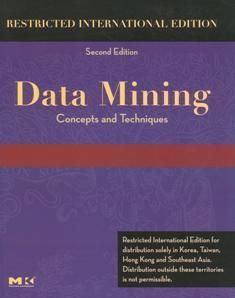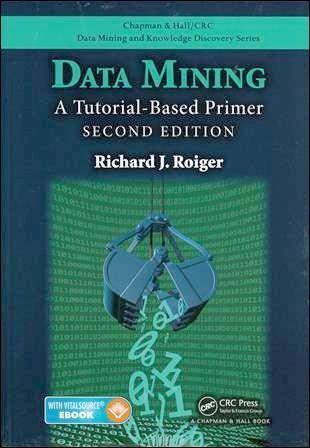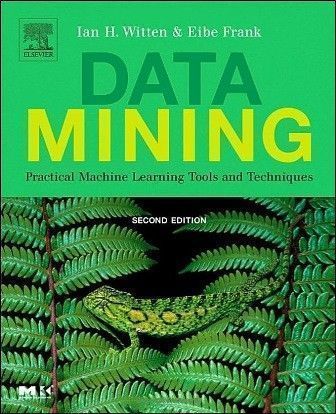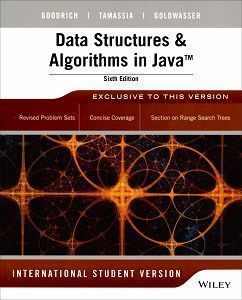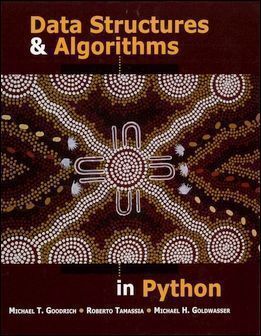書籍分類
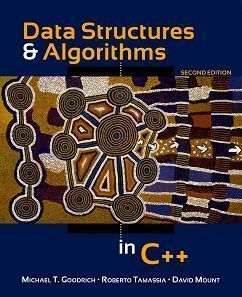
Data Structures and Algorithms in C++ 2/e
作者:Michael T. Goodrich, Roberto Tamassia, David M. Mount
原價:NT$ 2,400
ISBN:9780470383278
版次:2
年份:2011
出版商:John Wiley
頁數/規格:714頁/平裝雙色
參考網頁:Data Structures and Algorithms in C++ 2/e
版次:2
年份:2011
出版商:John Wiley
頁數/規格:714頁/平裝雙色
參考網頁:Data Structures and Algorithms in C++ 2/e
內容介紹 本書特色 目錄
- Description
This second edition of Data Structures and Algorithms in C++ is designed to provide an introduction to data structures and algorithms, including their design, analysis, and implementation. The authors offer an introduction to object-oriented design with C++ and design patterns, including the use of class inheritance and generic programming through class and function templates, and retain a consistent object-oriented viewpoint throughout the book.
This is a “sister” book to Goodrich & Tamassia’s Data Structures and Algorithms in Java, but uses C++ as the basis language instead of Java. This C++ version retains the same pedagogical approach and general structure as the Java version so schools that teach data structures in both C++ and Java can share the same core syllabus.
In terms of curricula based on the IEEE/ACM 2001 Computing Curriculum, this book is appropriate for use in the courses CS102 (I/O/B versions), CS103 (I/O/B versions), CS111 (A version), and CS112 (A/I/O/F/H versions).



